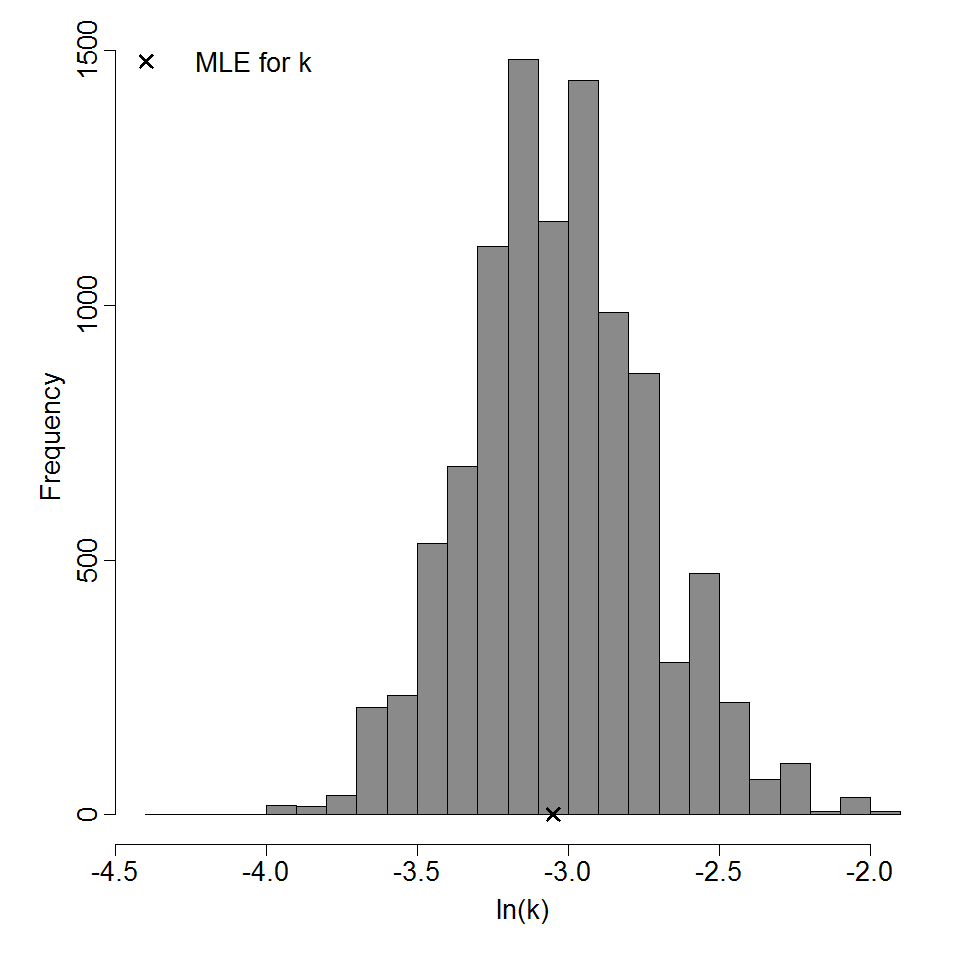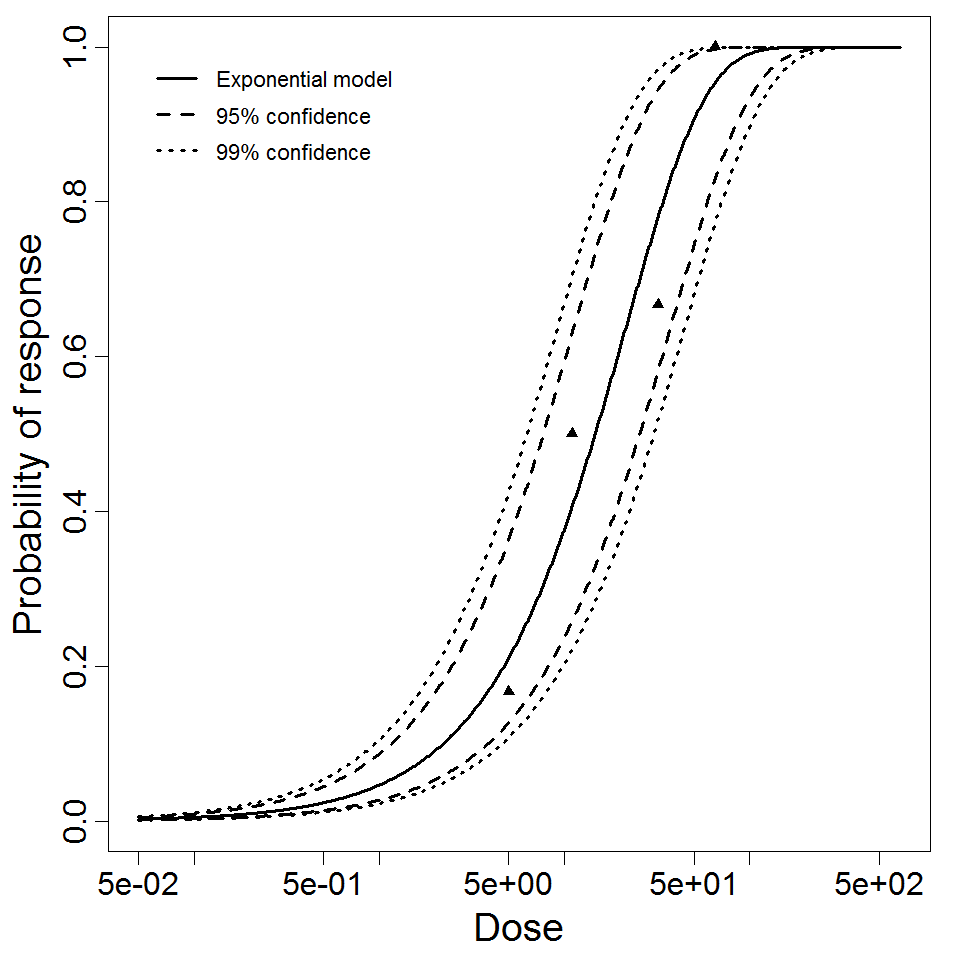General Overview
Francisella tularensis is the causative agent of tularemia or rabbit fever. It is an intracellular pathogenic species of Gram-negative bacteria, replicating mainly in macrophages, and has also been reported in amoebae.[1] Interest in this pathogen grew due to its high infectivity, ease of dissemination and consequently its potential use as biological weapon. [2][3][4] It can be easily disseminated via aerosols that once inhaled may result in tularemia pneumonia, a severe form of disease with high mortality if untreated.[5] Known as one of the most infectious pathogens, only a few F. tularensis organisms may cause infection.[6][7] The U.S. Centers for Disease Control and Prevention have classified F. tularensis as a Category A bioterrorism agent for public health preparedness.
Summary Data
Day and Berendt exposed 4-5 kg monkeys to aerosol particles of SCHU S-4 strain of F. tularensis.[8] The aerosol particles were administered into different sizes to study the effect of size distribution.
A set of classical dose-response data for F. tularensis infection via oral exposure by Quan et al were used in investigating the effects of inoculation route on the response.[9] Albino mice were infected orally with drinking water contaminated with 104 to 108 organisms of a highly virulent Aa strain.
Recommended Model
It is recommended that experiment 274 should be used as the best dose response model for inhalation. Inhalation is much more infective than the oral exposure in this case so that it should receive more attention in terms of emergency preparedness and public intervention.

References
- (2003). Francisella tularensis: an overview. American Society for Microbiology News. 69, 558-563.
- (1970). Health Aspects of Chemical and Biological Weapons.
- (1997). Biological warfare: a historical perspective.. JAMA (Journal of the American Medical Association). 278, 412-417.
- (1997). The economic impact of a bioterrorist attack: are prevention and post-attack intervention programs justifiable?. Emerging Infectious Diseases. 2, 83-94.
- (1945). Tularemic pneumonia: Review of American literature and report of 15 additional cases.. American Journal of the Medical Sciences. 210,
- (1961). Tularemia vaccine study I: intracutaneous challenge. Arch Intern Med. 107, 121-133.
- (1961). Tularemia vaccine study. II. Respiratory challenge. Arch Intern Med. 702-714.
- (1972). Experimental Tularemia in Macaca mulatta: Relationship of Aerosol Particle Size to the Infectivity of Airborne Pasteurella tularensis. Infection and Immunity. 5, 1.
- (1956). Infectivity of Tularemia Applied to Intact Skin and Ingested in Drinking Water. Science. 123, 942-943.
| ID | # of Doses | Agent Strain | Dose Units | Host type | Μodel | Optimized parameters | Response type | Reference |
|---|---|---|---|---|---|---|---|---|
| 274 | 4 | SCHU S-4 | CFU | monkey | exponential |
k = 4.73E-02 LD50/ID50 = 1.46E+01 |
death | "Infectivity of Tularemia Applied to Intact Skin and Ingested in Drinking Water." Science. 123 (1956): 942-943. |
| 275 | 5 | Aa strain | CFU | mice | exponential |
k = 1.33E-07 LD50/ID50 = 5.22E+06 |
death | "Susceptibility of Wild Mammals to Infection with Naegleria fowleri." The Journal of Parasitology. 76 (1990): 6. |
k = 4.73E-02
LD50/ID50 = 1.46E+01
Optimization Output for experiment 274
|
|
||||||||||||||||||||||
|
||||||||||||||||||||||||||||||||||||||

Parameter histogram for exponential model (uncertainty of the parameter)

Exponential model plot, with confidence bounds around optimized model
References
k = 1.33E-07
LD50/ID50 = 5.22E+06
|
|
||||||||||||||||||||||
|
||||||||||||||||||||||||||||||||||||||

Parameter histogram for exponential model (uncertainty of the parameter)

Exponential model plot, with confidence bounds around optimized model
 QMRA
QMRA